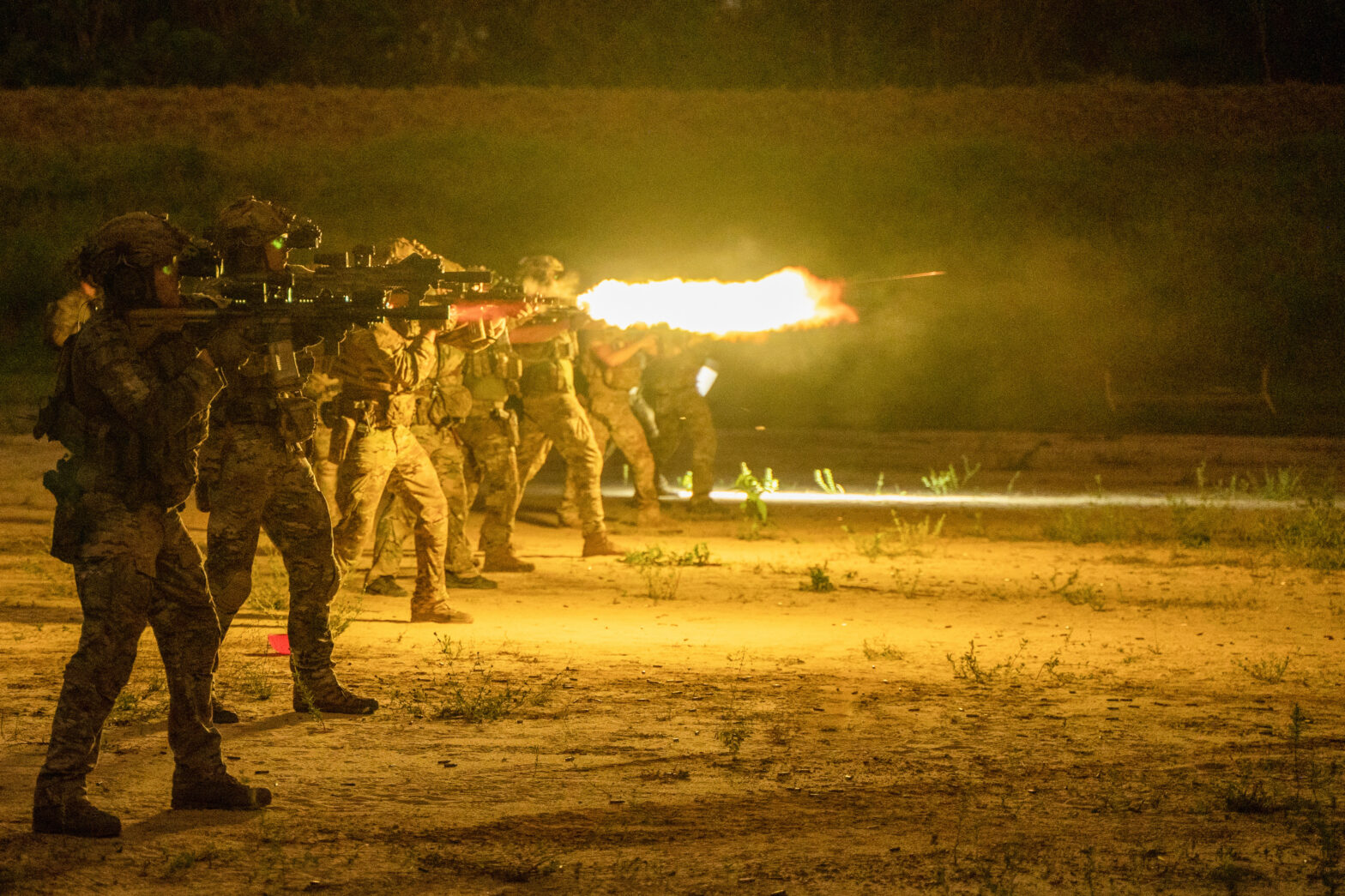When performing or training under conditions of chaos there is a huge demand on your sensory systems and processing.
Look at it this way.
Processing speed = Δ (visual, auditory, vestibular, and somatosensory inputs)/Δ time
With your job you have a lot of variables at the top of this equation, and the bottom of the equation is a very small number. Which means that there is a huge demand on your sensory processing.
This can be very fatiguing. And doesn’t even touch on the cognitive and psychological impacts of those inputs.
This is why it is vital that you incorporate sensory recovery into your training.
Sensory recovery can be quite simple. Create an environment that removes the input variables -remove as many visual, auditory, vestibular, and somatosensory cues as possible.
You’re probably not walking around with a sensory deprivation float tank, and you certainly won’t have one in the field or while deployed, but sensory recovery doesn’t have to be perfect to be effective.
I like to sit in a quiet place (noise cancelling headphones are great too), close my eyes, and take in deep breaths with slow exhales. I don’t do this for long, typically 3-4 cycles of slow inhale/exhales.
I also silently count to 4 on repeat, while drawing the numbers out in my head.
This helps me keep my attention on the task and not let my mind wander.
You should find what works for you. What matters is what you can do consistently.
Do you incorporate sensory recovery into your training? If so, what works for you?
